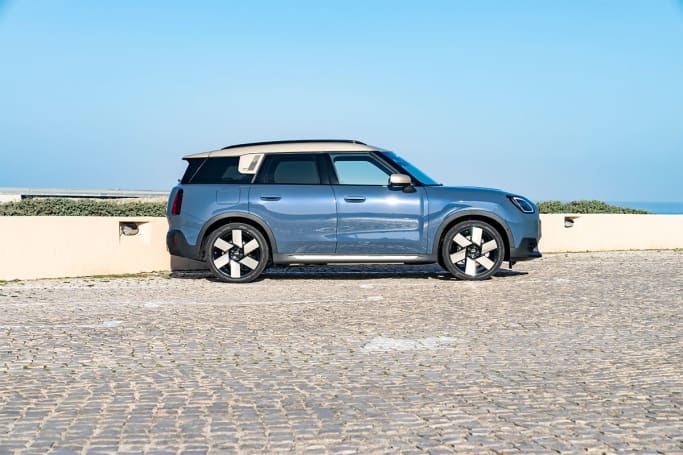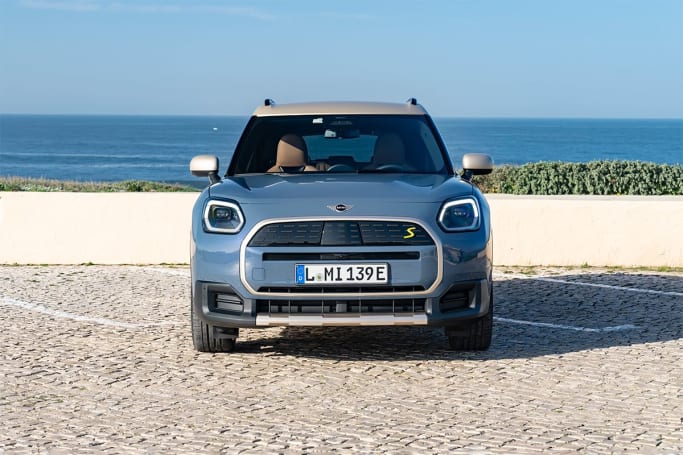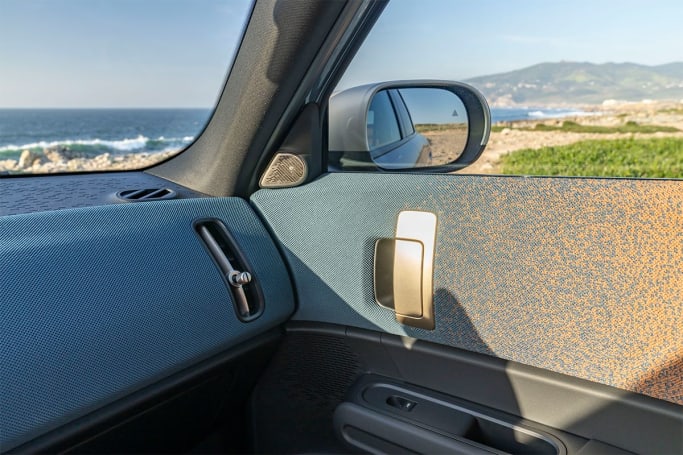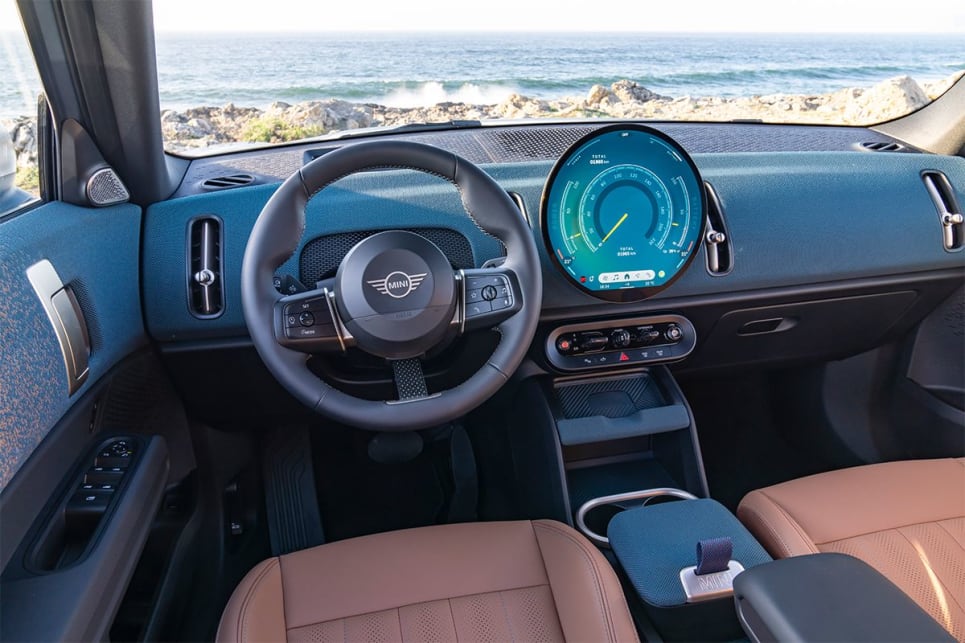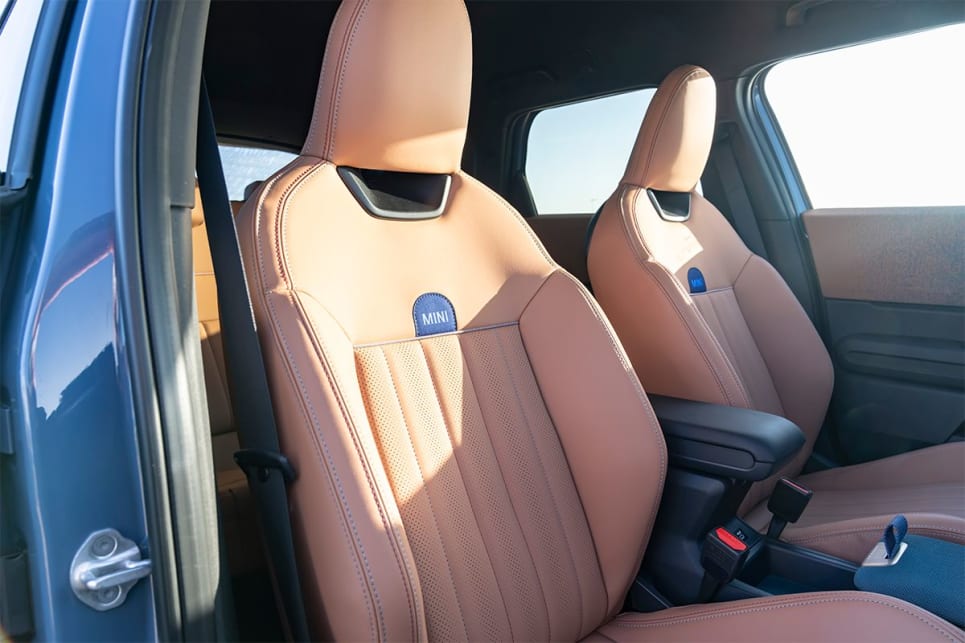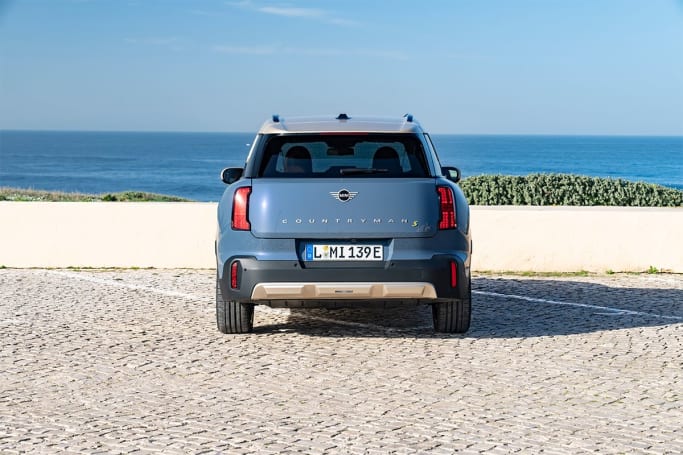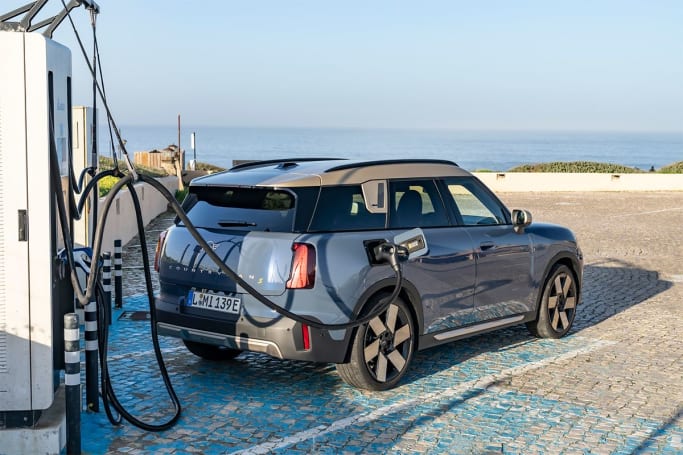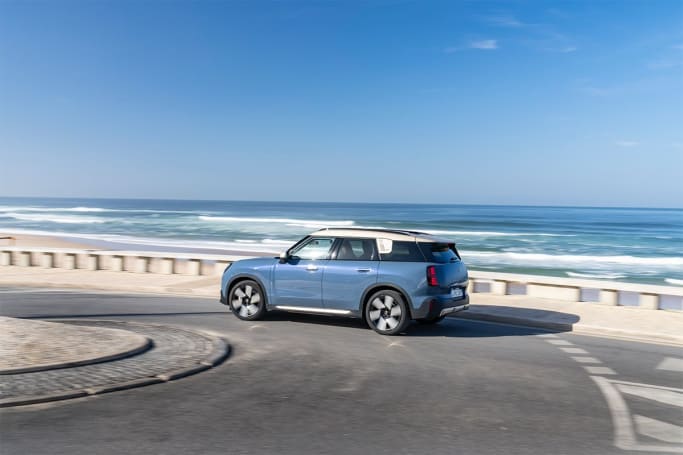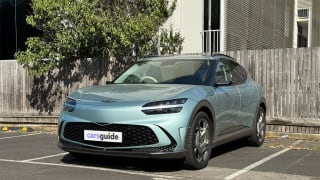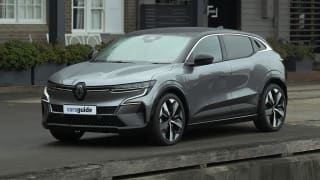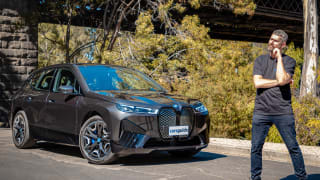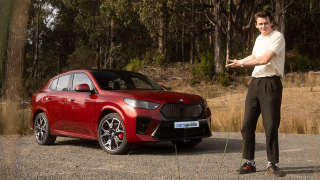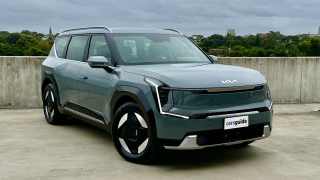In Australia the new-gen Countryman will be offered in petrol guise as ‘C’ or ‘S’ variants - the latter being the sportier of the two. Those models are already on sale ranging from $49,990, before on-road costs, for the C Core to $63,990 for the Countryman S JCW Sport grade.
A full-fat turbo-petrol John Cooper Works is also coming soon from $67,990 to $73,990. Our drive impressions for this are coming soon, too.
The battery-powered models include single-motor grades dubbed the ‘E’, starting at a competitive $64,990 for the Core, topping out at $70,990 for the JCW Sport.
Topping the Countryman electric line-up is the dual-motor SE and, like all other powertrain variants in this SUV line-up, is available with three different trims.
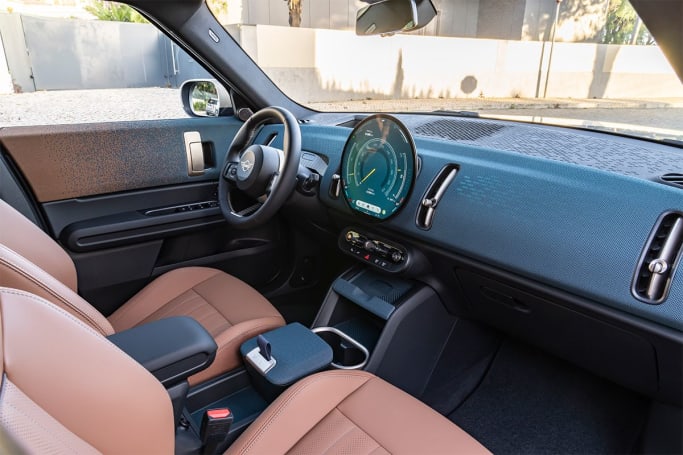
The Countryman SE Classic is $72,990, the Favoured $75,990 and the JCW Sport is $77,990.
We drove the Countryman SE Favoured at the international launch event and that is the focus of the drive impressions for this review.
An iX2 with the equivalent powertrain costs $85,700 - which is $10,000 more than the Mini we drove.
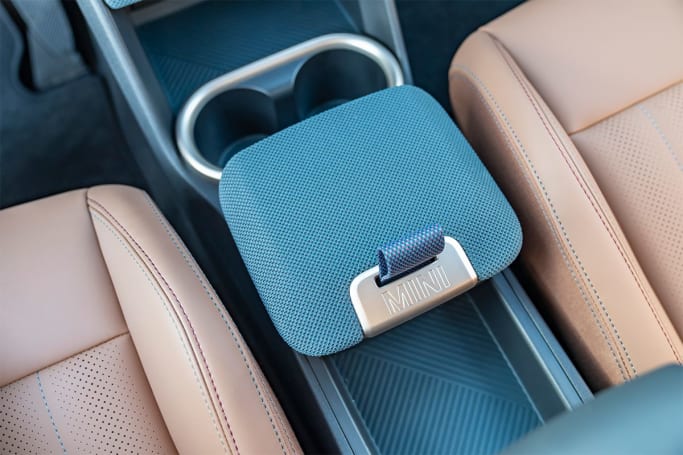
The starting price for the Countryman is the same as another European EV - the recently launched Renault Megane E-Tech. It’s also cheaper than the most expensive Hyundai Kona Electric Premium and Kia Niro EV.
Standard gear in the Countryman E Core is pretty generous, and includes a six-speaker audio system, sport seats and steering wheel, wireless Apple CarPlay and Android Auto, wireless phone charging, home and public charging cables, a head-up display, dual-zone climate control, a heated steering wheel, automatic tailgate with a kick function and digital radio.
Stepping up into the Favoured adds a 12-speaker 365W Harman Kardon audio system, an interior camera, augmented reality navigation, front heated seats, panoramic sunroof, JCW seats, power front seats with memory and more.
The JCW Sport adds JCW interior and body kit and more.



